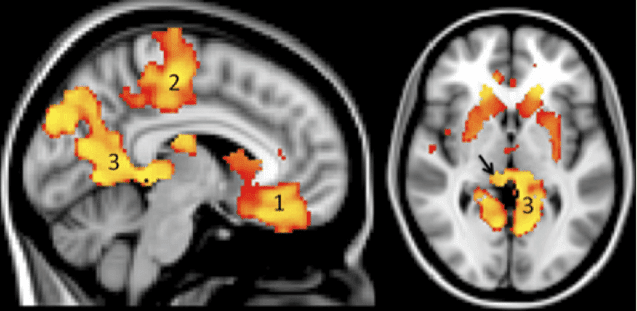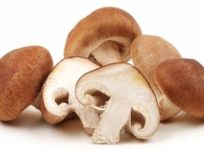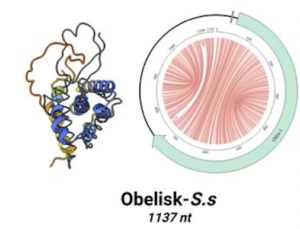36% of subjects presented with WMAs unexpected for their age, with the highest incidence occurring among those in the headache subgroup, suggesting that CD patients reporting headaches may have a higher likelihood of developing WMAs.
When compared with the control cohort, subjects with CD also showed significant cerebral and cerebellar abnormalities. They also had significantly smaller cerebellar volume and reduced grey matter volume in multiple brain regions, including the cerebellum — which coordinates motor movements and balance. Additionally, subjects with CD displayed a high proportion of cerebral WMAs not present in the control group.
and cerebellar abnormalities. They also had significantly smaller cerebellar volume and reduced grey matter volume in multiple brain regions, including the cerebellum — which coordinates motor movements and balance. Additionally, subjects with CD displayed a high proportion of cerebral WMAs not present in the control group.
The authors write that their finding of cerebellar atrophy concurs with previous reports showing a selective loss of Purkinje cells in the cerebellar cortex of CD patients with neurological complaints. Purkinje cells, or Purkinje neurons, are located in the cerebellum and support cerebellar functioning.
While “the mechanisms underlying Purkinje cell loss in relation to gluten sensitivity are yet to be fully elucidated,” the researchers note, “current theory tends towards an immune-mediated cellular destruction.”
A similar study investigating neurologic complications associated with gluten sensitivity looked at 75 mostly pediatric patients with biopsy-proven CD. In 20% of patients, MRI detected unilateral and bilateral T2-hyperintensive white matter lesions in the brain. The authors concluded that CD should be included in the differential diagnosis in children with unclear WMAs, even if intestinal symptoms are not present (Kieslich, M. et al. 2001. Pediatrics. 108 (2): E21).
Gluten & Autism
With Dr. Aristo Vojdani, Dr. O’Bryan co-authored a study examining neurological symptoms in children with autism. While the etiology of autism is not fully understood, diet and other environmental factors seem to play a critical role in many cases.
Some dietary proteins and peptides, including gluten and gluteomorphins, can “stimulate T-cells, induce peptide-specific T-cell responses, and abnormal levels of cytokine production, which may result in inflammation, autoimmune reactions and disruption of neuroimmune communications” and could be responsible for some of the neurological symptoms associated with autism.
Indeed, O’Bryan and his colleagues found that when compared with healthy controls, more than 80% of the autism patients showed significantly elevated antibodies against cerebellar peptides and also against gliadin, a protein found in wheat gluten. Vojdani and O’Bryan note that when gluten antibodies were elevated, cerebellar peptide antibodies were also high (Vojdani, A. et al. Nut Neurosci. 2004; 7(3): 151-161).
What’s Going on in the Gut?
Dr. O’Bryan urges healthcare practitioners to think about gluten sensitivity and possibly other food allergies when any patient presents with neurological symptoms. Even in cases where other primary etiologies are suspected, he encourages practitioners to reflect on a fundamental question: “What’s going on in the gut?”
His recommendation is supported by numerous case studies documenting misdiagnosed patients with gluten sensitivities. In each case, once the patient’s food intolerance was correctly identified and addressed, health status improved dramatically.
He pointed to a case report involving a three-year-old girl with a conjunctival tumor initially diagnosed as conjunctival Kaposi’s sarcoma. Though the child exhibited signs of food sensitivity including anorexia, abdominal distention and intolerance of baby foods, as well as recurrent ear infections, her pediatrician was unable to determine the primary cause of her symptoms.
The child underwent endoscopic small intestinal biopsy under general anesthesia, which revealed “partial villous atrophy, intraepithelial lymphocytosis, and crypt hyperplasia consistent with CD.” Additionally, genetic testing of her family members revealed high maternal autoantibody titers for CD.
Because her parents did not want the child to undergo general anesthesia a second time for an excisional biopsy, the authors “decided to follow the patient without any intervention until all systemic investigations were concluded.” Instead, the child went on a strict gluten-free diet (GFD).







